If you like the comfort and versatility of streaming your music via Raspberry Pi, but your appetite for a slightly cleaner digital source grew past it, Allo DigiOne might be just the thing you need.
Now, first things first, if you’re not familiar with using Raspberry Pi as an audio streamer then this talk could be a little bit confusing. If that’s the case, you can find all of the beginner’s info about getting your R-Pi up and running in this Raspberry Pi as an Audio Streamer Video Guide. Once that part is done, and your Pi is already streaming music from your network to your DAC via USB port, we can start talking about this next step – getting it to sound even better.
What is this thing for?
Allo DigiOne is an add-on for the Raspberry Pi, and these add-ons are called HATs. Simply put, HAT is a board that you can stack on top of your R-Pi, and this board will bring some new features that your general-purpose Raspberry Pi doesn’t possess out of the box. In the case of Allo DigiOne, we’re talking about adding a SPDIF interface so you can connect your DAC using one of the two provided connectors – RCA or BNC out. Both send the exact same SPDIF digital signal, they’re just physically different. RCA is much more common these days, but some DACs like Chord ones use BNC connectors. So whatever standard the DAC manufacturer opted for, you’re going to be covered with DigiOne.
But make no mistake, this is not a simple board that’ll just add another type of digital output (next to the USB that R-Pi already has). DigiOne will also filter the signal, use galvanic isolation, and reclock it. All of this is an effort to feed your DAC with as clean a digital signal as it’s possible. In turn, the sound coming out of your DAC and the whole HiFi setup should improve.
Now, I’m fully aware that most people believe that digital is digital, it can’t be polluted and it needs no filtering or any kind of fixing. I’m not even going to try to half-explain things here that I don’t fully grasp myself. Instead, I’ll just say that empirically we are finding out that not all digital signals are created equal, and some circuitries deal with digital noise and jitter better than others, but most DACs on the market react very positively when fed with a low-noise, low-jitter digital signal. If you’re the type of person finding this hard to believe, then by all means feel free to spend your time reading something closer to your sensibility. For the rest of you, let’s dig in and find out can this thing do what the manufacturer promises.
Testing
I mounted Allo DigiOne on my Raspberry Pi 3B+. For the curious, yes, I power it with a low noise power supply, and at this moment I’m using Allo Shanti linear power supply. As I’m using DigiOne for some time now, its influence was observed throughout dozens of different DACs over several months, ranging from one hundred to one thousand bucks. Many different digital cables were used too, again ranging from a few bucks to few hundred bucks (on both USB and SPDIF side of things) so there is no cable-infused bias either.
Sound
The moment I first mounted it and connected my first DAC through Allo DigiOne, I noticed a calmer presentation with the sensation of slightly lower volume. It didn’t take much to realize that mentioned sensation comes from notes becoming cleaner and everything being arranged into a deeper soundstage with a darker background. It made me want to crank the volume a bit, but when I do, and when sound becomes louder, it’s clearly less tiring than before. That cleaner background enables more space around instruments, they’re layered and separated better. You observe tone decay more easily and you can follow it longer, which enforces a stronger and more believable virtual space in between and behind your speakers.
Another thing that becomes obvious rather quickly is that loud notes, drum kicks, string plucks, etc. are now more energetic. They’re actually of the same loudness as before, but in contrast with the now calmer and deeper background they appear more striking and energetic. So you get a more dynamic and more lively sound overall.
Listening to the Raspberry Pi and Allo DigiOne combination for some time, then returning to USB outs just confirms it one more time. Directly from its USB ports, Pi sounds a bit hazier, notes are somewhat thicker but not as energetic nor nimble. What once was a deeper and more spacious soundstage is now congesting towards one shallower plane and melting together more.
Should I buy it?
This is the hardest part of every review as each person can perceive and value sound gains differently. In my humble opinion, if your system is of decent quality (let’s say $600 or more worth) and you’re the type of listener that cares about these kinds of pushes in sound fidelity – it’s definitely worth it. I purchased this DigiOne unit myself and was personally impressed with its effect on the sound quality. It simply became an integral part of my system and I never looked back.
Comparisons
Now there are other solutions to the same problem and I’ve personally owned or tested several of them.
Schiit Wyrd is the USB regenerator that cleans your USB signal a bit, but in my experience, its effects were very limited and its value not so great. Allo DigiOne simply improves the sound much more noticeably.
Intona USB 2.0 Hi-Speed Isolator is the USB isolator that worked the best in my own system and if you’re set on using a USB connection, both this one and iFi regenerators are great options. However, neither can come close to DigiOne’s price to performance ratio.
iFi nano iUSB3.0 is another USB regenerator that used to cost 2.5 times more then Schiit Wyrd and Allo DigiOne. It certainly works better than Wyrd and it really improves your USB signal. But remember, now you need two USB cables and that increases the cost one more time.
Conclusion
If you’re DAC possesses a SPDIF digital input, RCA or BNC one, and you would like to experiment with digital signal cleaning but you find USB regenerators and the use of two USB cables expensive and/or cumbersome – then Allo DigiOne could be an affordable alternative that being a HAT and not the external device requires only one digital cable. But don’t get filled by its affordable price (compared to most similar devices), this little HAT offers a very noticeable sound improvement over Pi’s USB outs (and the result would be the same if you compare it to USB outs of most PCs).
The only thing left to turn your Raspberry Pi into a full flagged audiophile streamer is using all this with a low noise power supply, but that’s a topic we’ll cover another time.
. . .
Max2Play store offers everything R-Pi related in one place (use code iiWiReviews2020 during purchase to get a 1-year free license to their audiophile Max2Play OS): https://shop.max2play.com/en/
| ALLO DIGIONE – CHARACTERISTICS |
|
DC/DC conversion |
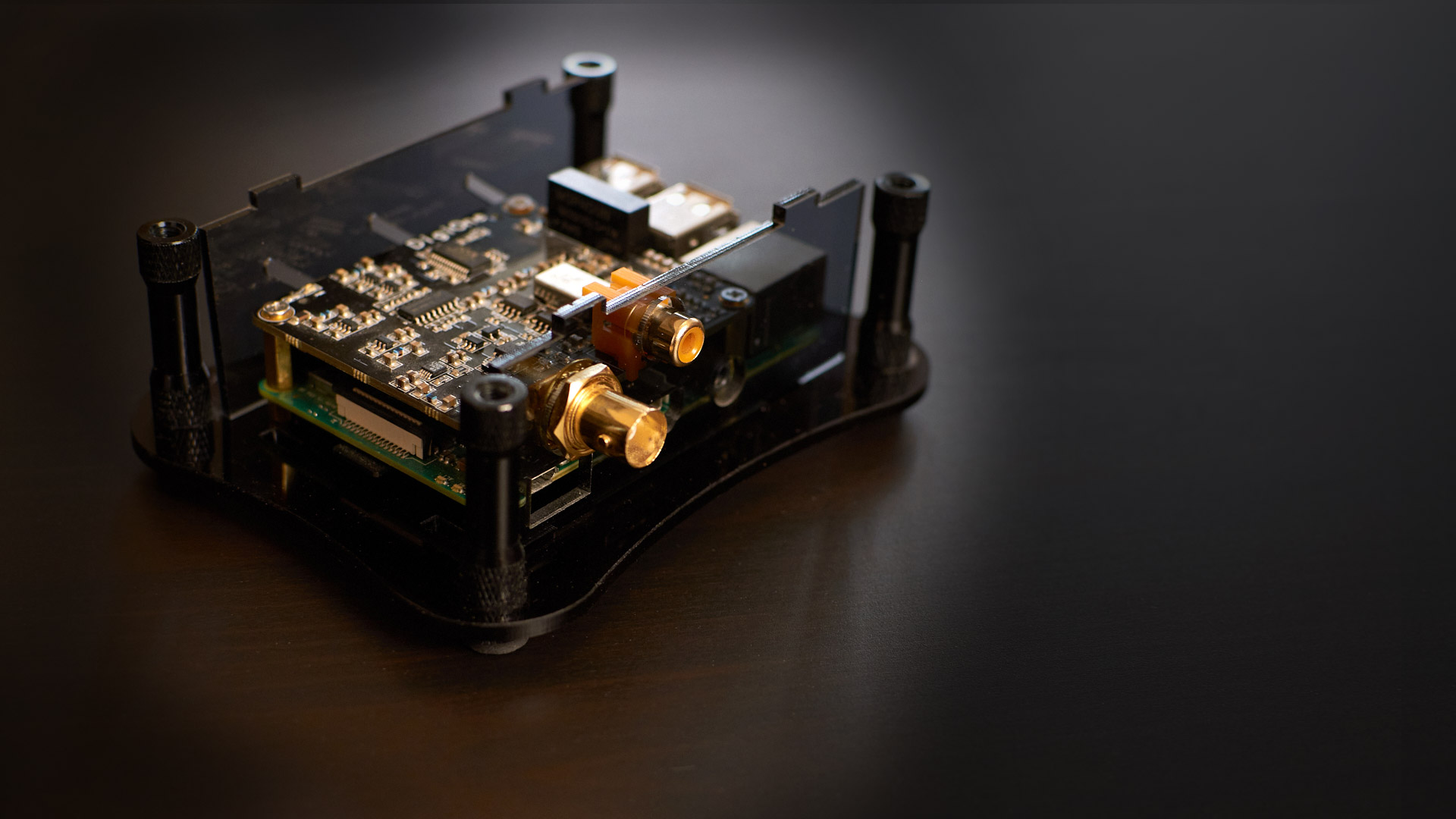

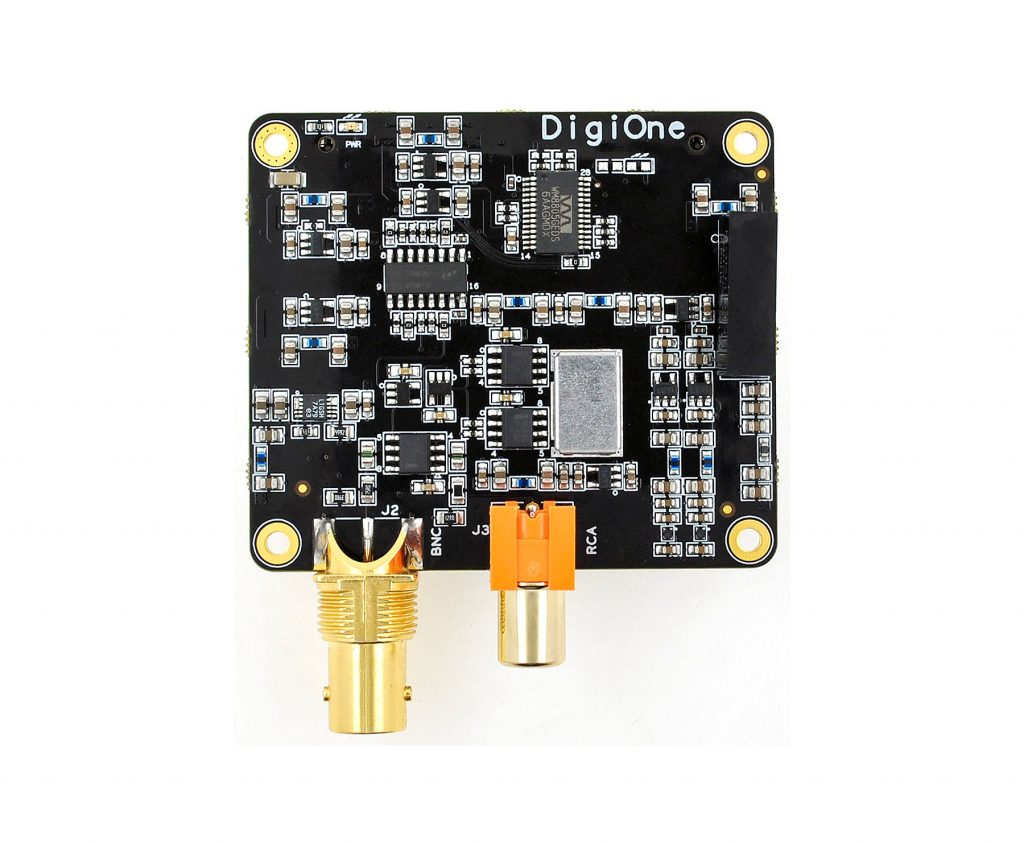
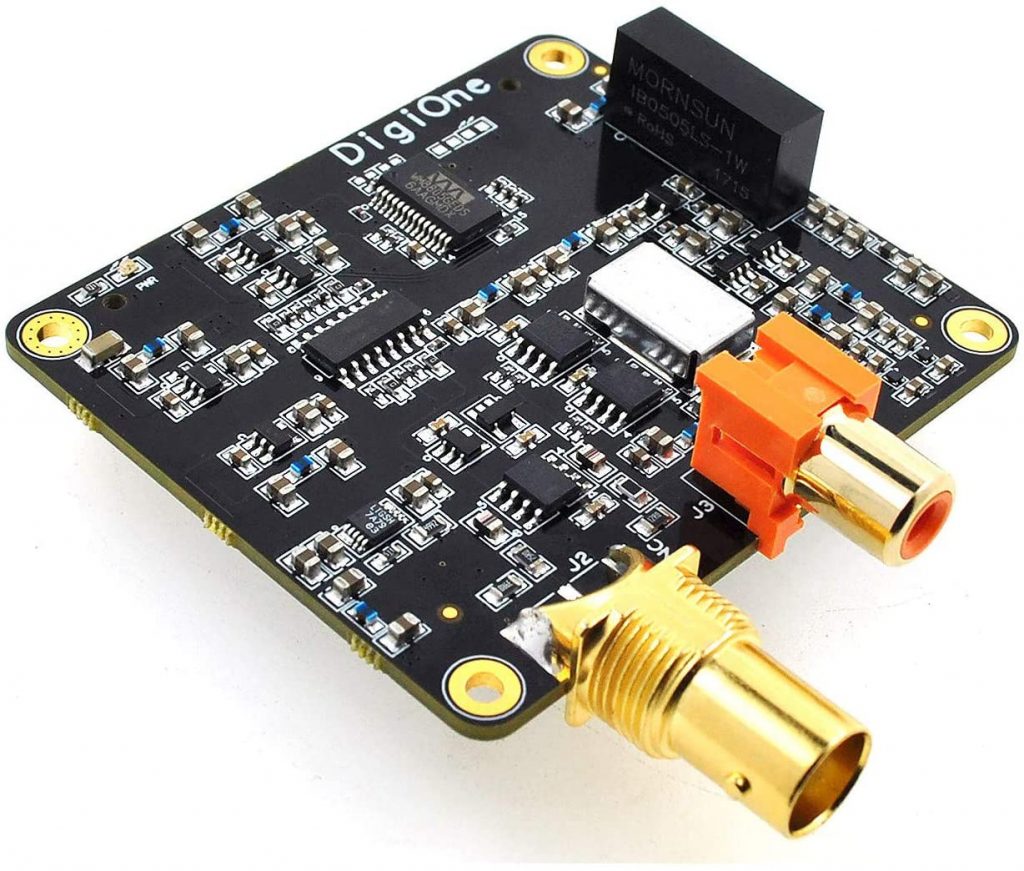
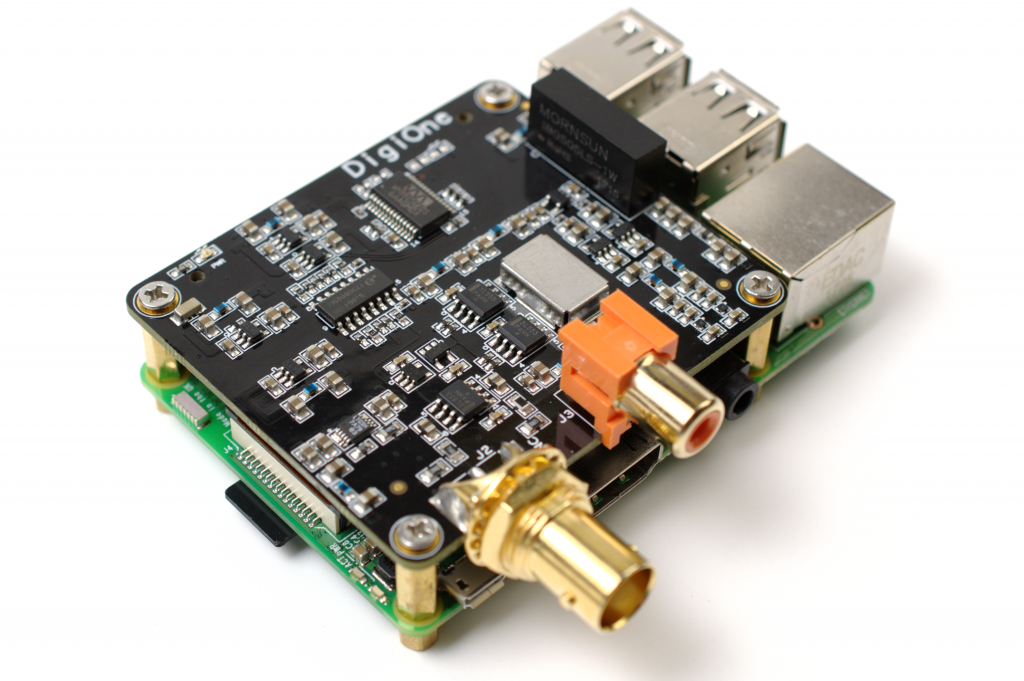
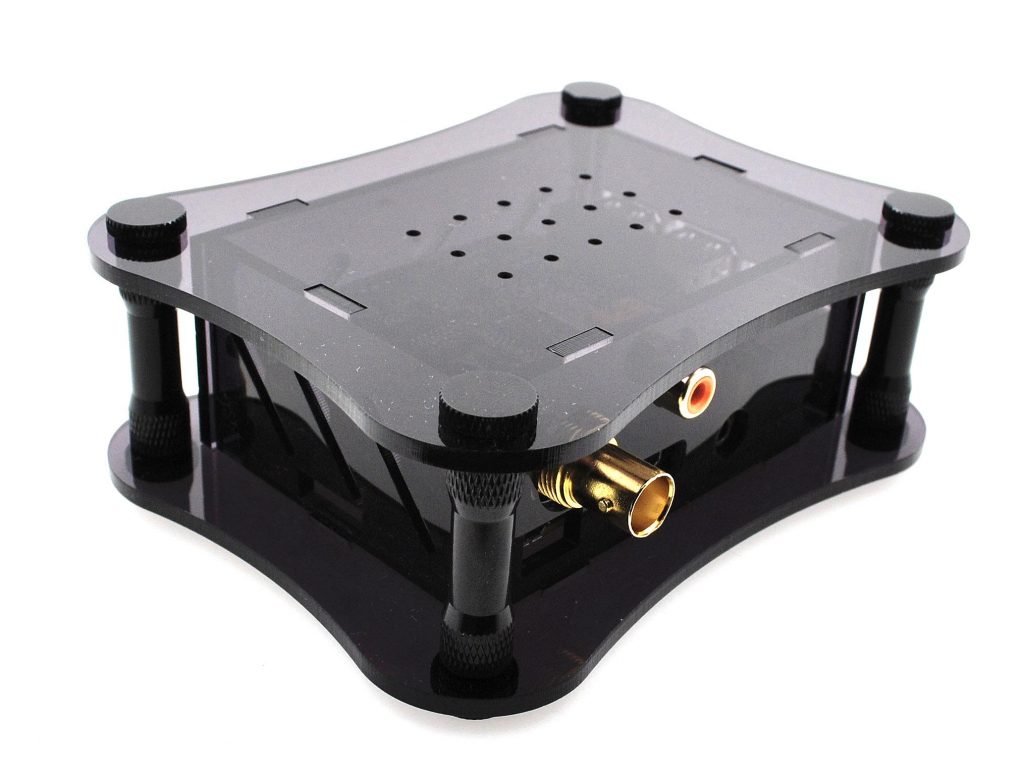



Srboljub, I’ve noticed you’re using Pi3.
It is known that Pi3 shares the data bus between it’s USB and Ethernet connections. So, the sound quality of Pi3 USB is not really good to begin with.
On the other hand, Pi4 has separated data busses for USB and Ethernet, so the USB s.q. is much higher on Pi4.
I wonder if you can do the same USB/ALLO comparison and see if there is a tangible difference on Pi4 also.
Thanks
Just ordered Pi 4 and I’ll cross-examine all possible combinations.
What is your opinion now.. pls share
What was the sound difference when using the switching power supply vs. using the Shanti power supply?
With Shanti it sounds cleaner, with darker background, and better separation. This leads to more three-dimensional and lifelike sound.